Could artificial wetlands benefit dam-side communities?
In the Mekong Region, fast flowing rivers are often the lifeblood of nearby communities. Not only do they provide fish, the most widely available source of protein in the region, they are also important for transportation, irrigation and spiritual needs. But a fast flowing river is also an opportunity to generate hydropower. 11 dams are planned for the main channel of the Mekong River alone. Many more will populate its tributaries.
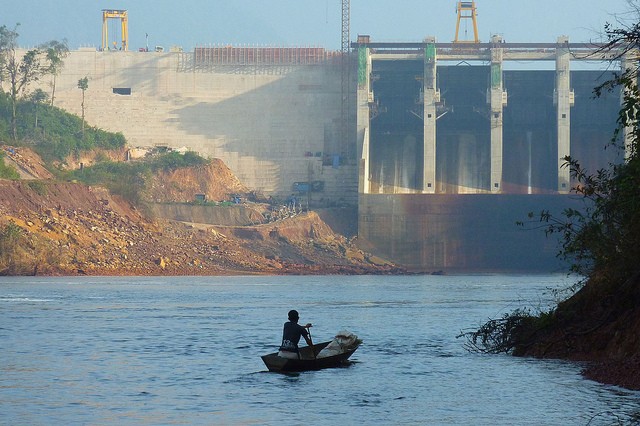
Dams make an important contribution to economic development, of course. They produce electricity, store water year-round and can help control flooding. But communities displaced by dam development are frequently impoverished. Dam developers often invest in new buildings and community facilities, but restoring livelihoods is much trickier. All too often the benefits that dams bring, like regular supplies of power and water, do not translate into improved local incomes or benefits for local people.
So what can be done? Researchers from the International Water Management Institute and its partners have begun exploring a novel approach that turns reservoir shorelines into wetlands. As a reservoir draws down, specially built retaining walls hold back some of the water. These small ponds can be developed into wetlands by allowing plants to grow. The ponds may well trap fish as water levels drop. Alternatively they can be artificially stocked to provide local communities with opportunities for aquaculture.
Like all good ideas it sounds simple, but does it work? To find out, IWMI scientists in partnership with the International Centre for Environmental Management (ICEM), the National University of Laos (NUOL) and the National Agriculture and Forestry Research Institute (NAFRI) have been investigating the feasibility at two locations on the drawdown zone of the Nam Gnouang Reservoir in Laos, which was built in 2011. While still a work in progress, the experiment was presented at the recent Mekong Forum in Phnom Penh.
The two locations are positioned on streams that flow into the reservoir so get a constant supply of water. One site is close to a road and drains through a culvert which could easily be closed to create the wetland. At the second site, earth embankments already exist because before the dam was built the area was used for fishponds.
At both sites, initial results from baseline surveys are promising. At the first site there is a rich diversity of small invertebrates, some 29 species in all. Over 40 species of plants were also recorded. So far very few fish species have been recorded but that is likely to be because all surveys were undertaken whilst the reservoir was drawn down. The project team believe, however, that, if the wetland was constructed, the potential for new fisheries is encouraging.
At the second site more fish were recorded in the pools of water created by the old fish ponds, but people from a nearby town breached one dyke in order to drain down the main pond to harvest the fish.
“This at least shows that the ponds are valuable sources of fish and provides evidence that constructed wetlands could be productive fisheries,” says IWMI’s Matthew McCartney, one of the lead researchers. “But it does emphasize the need to ensure communities are fully informed and supportive and appropriate governance mechanisms are put in place to ensure that local people, not outsiders, reap the benefits. IWMI and partners are working with the local communities to determine what management arrangements would suit them best”.
Participants in the session were generally supportive of the idea, but were doubtful about the wetlands’ ability to fully compensate communities for lost river fisheries
Ian Cowx, a fisheries expert from the University of Hull, UK pointed out the reservoirs in the Mekong region were on average one third less productive than the free flowing rivers. Whilst wetland building could help some resettled people it would be unlikely to significantly redress this imbalance.
McCartney was not complacent. Whilst recognizing that many hydropower companies put considerable efforts into providing displaced communities with new accommodation and livelihood options, only rarely do those people swiftly regain their prior living standards. “Generally speaking local people do get poorer,” he said. “It is very hard to create new livelihoods.”
“Dams are built for specific purposes and we are not trying to change that,” he added. “But power companies have an obligation to help displaced communities. These wetlands are small scale but can be part of that process.”
Additional Resources
View the session Powerpoints
Read Matthew McCartney and James Dalton’s recent Thrive blog post: Built or natural infrastructure: a false dichotomy



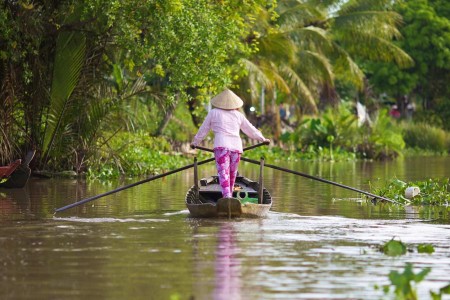





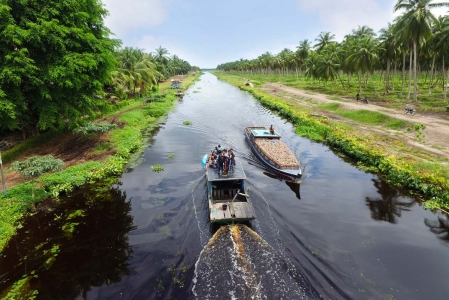

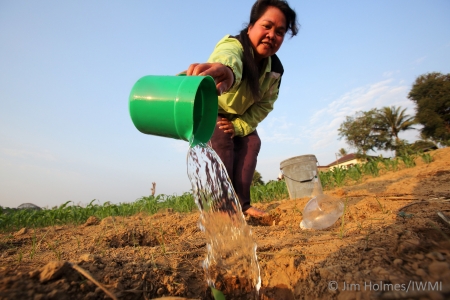
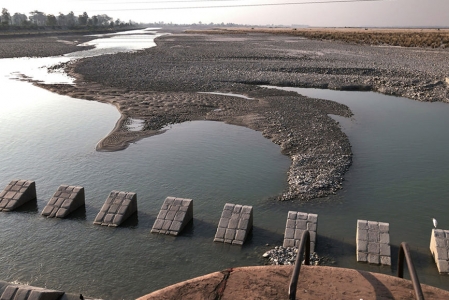


Comments
I live next to a reservoir, and it's probably going to be low again because we haven't received a lot of water this season. This is an interesting concept of using retaining walls to hold back some of the water that can be lost. Thanks for sharing this information to me, and this may be something that I can present to the city board. https://ecoteam.com.au/services/constructed-wetlands